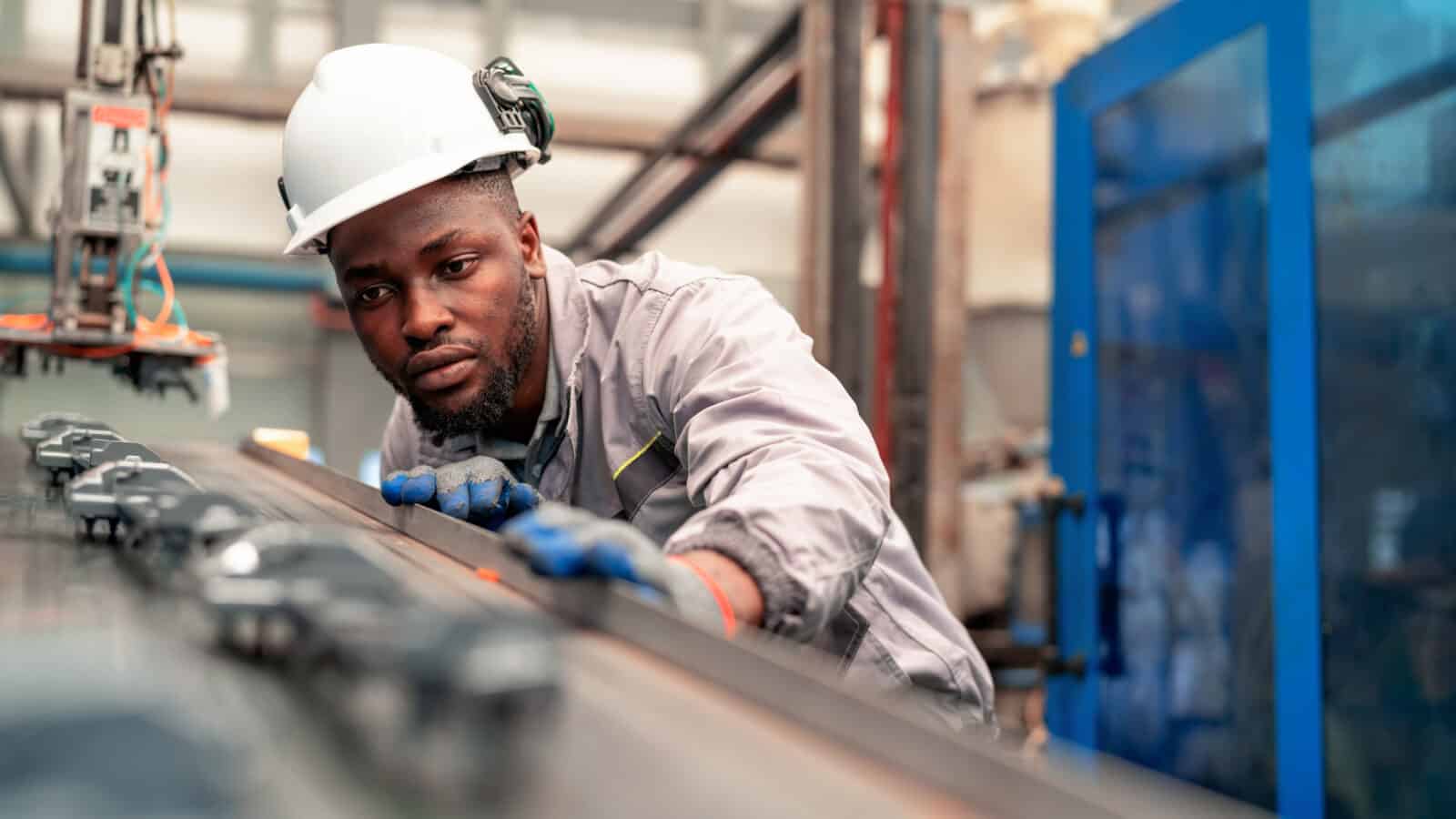How Anduril Is Transforming Defense Technology

Anduril Industries is aiming to redefine how the U.S. addresses national security challenges.
Software first: The key to Anduril’s innovations is its prioritization of software. The company’s platforms provide rapid, continuous updates anywhere around the world, Anduril Senior Vice President of Manufacturing Keith Flynn told us by email.
- Anduril also prioritizes scalability and affordability, by using off-the-shelf components and ensuring its supply chains are as resilient and efficient as possible.
- In fact, Anduril drew inspiration from the affordable, scalable techniques used by the auto industry, Flynn explained.
The buildout: Anduril is focused on “hyperscaling” its production of its core autonomous systems and weapons, including through its recently announced manufacturing facility in Columbus, Ohio, called Arsenal-1.
- Set to begin production in 2026, Arsenal-1 will expand to 5 million square feet within the next 10 years, creating about 4,000 jobs. It will focus on building military drones and autonomous air systems, said Flynn.
- “Once fully operational, Arsenal-1 will produce tens of thousands of systems annually, enhancing our nation’s deterrence capabilities and strengthening the defense industrial base with the agility that today’s global threat environment requires,” Flynn added.
Working with the DOD: Anduril has secured billions of dollars in contracts with the U.S. government, including a 10-year, $642 million contract to deliver AI-powered counter-unmanned aerial system technology for the Marine Corps, which it announced earlier this year.
- For a recent contract to build solid rocket motors—a core component for many U.S. missile systems that is in high demand and low supply across the defense industrial base—Anduril is “matching the government’s $14.3 million investment with $75 million of our own,” Flynn said, “which reflects our shared commitment to producing high-quality SRMs quickly and affordably.”
- “At our facility in McHenry, Mississippi, we’re using innovative manufacturing technologies, like bladeless speed-mixing and single-piece flow, to modernize SRM production”—which will ultimately make SRM production both more scalable and more efficient.
Hampered by red tape: Like many other manufacturers, Anduril has found that regulations are slowing down its ability to innovate and expand.
- “One of our key priorities is reforming acquisition processes to break through the bureaucratic barriers that slow innovation,” said Flynn. These regulations “impose massive compliance burdens and barriers to entry, while offering no meaningful benefits to government customers responsible for spending taxpayers’ dollars wisely.”
- Anduril pours its own capital into research and development and delivers finished products, rather than making use of traditional cost-plus contracting (in which a company receives payment for project costs plus an additional, negotiated fee). This, in turn, saves the U.S. taxpayer money and simultaneously allows the company to innovate much faster.
Workforce: Anduril is also working to overcome another challenge: the ongoing labor shortage in manufacturing. In fact, that shortage has influenced the company’s product design.
- “We’re designing our products to be easier to build and manufacture,” Flynn told us. “By simplifying both design and production, we’re opening up more opportunities for a broader workforce while also making it easier to scale and meet the needs of the U.S. and its allies.”
The last word: When asked what advice he would give other manufacturers, Flynn focused on the importance of design above all else.
- “The biggest factor in making production more efficient is the design itself,” he said. “That’s why it’s critical for engineering and production teams to work together from day one—aligning on how a product will be built as it’s being designed.”
- “This approach not only streamlines manufacturing but also helps avoid costly delays and inefficiencies down the line.”
